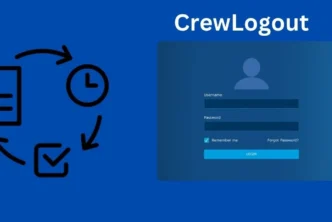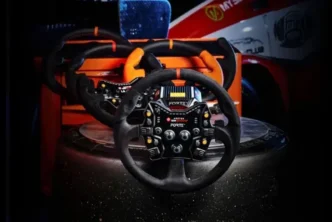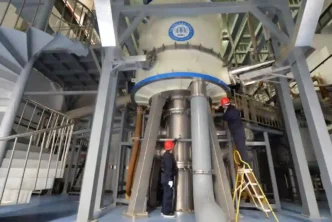We are living in the golden age of rideable technology, and we are enthralled by it. There are nearly too many rideable to keep up with, and the equipment seems to get weirder and more complex with each passing month. So, to aid you in navigating the increasingly congested market, we’ve compiled a list of the top electric skateboards available right now. The Boosted Stealth is our top selection because it provides comfort, control, and a variety of modes. There are three types of brakes in every electric vehicle: dynamic, friction, and regenerative braking. They all employ different techniques to slow down the vehicle.
What Is An E-Skateboard and How Does It Work?
At first impression, an e-board resembles a traditional skateboard. The biggest difference is, of course, that it is propelled forward by an electric motor. The engine is powered by a lithium battery several types of batteries are available depending on the automatic longboard model. The battery provides energy to the engine, which drives the wheels. As a result, unlike traditional skateboards, no kicking or pushing is required.
Skateboard Brake Options
Friction Braking: Friction brakes are the same as those seen in traditional automobiles. Friction against a brake disc is used to convert kinetic energy (the vehicle’s movement) into heat, which slows down the vehicle. Friction is also used to slow down a standard road bike by clamping a brake pad against the inside rim of the wheel.
Dynamic Braking: Outrunner brushless motors, the most common type of motor used on electric skateboards, consist of a set of permanent magnets wrapped around a core of copper wire wound in circles, which creates a magnetic field that pushes on the set of permanent magnets, causing the motor to rotate when an electric current is driven through the wire. The electromagnet is made up of coiled wires. The amazing thing about magnets is that they may have the reverse effect– rotating the magnetic ring around the copper wire causes an electric current to flow through the wires. This is how both dynamic and regenerative brake systems work, as well as how generators create electricity.
Regeneration Braking: Regenerative braking is the primary braking system used by automatic longboard. The main problem with regenerative systems is that once a battery is full, it can no longer receive any more current without overheating and killing it. As a result, boards that exclusively employ regenerative braking will lose all braking ability once the battery reaches 100% charge.
Using Both Braking Systems At The Same Time
Many electric boards use both braking methods due to the described disadvantages of regenerative braking, which is particularly useful throughout a ride. The catch is that once the battery is fully charged, the braking system changes to dynamic braking. This completely eliminates the risk of being unable to brake during a ride. Knowing how to brake with your foot, regardless of the braking mechanism your e-board has, is a skill that can help you get out of a potentially dangerous scenario.
However, we always advocate wearing a helmet, and if you are riding particularly fast on unknown or rough terrain, you should definitely wear additional safety equipment. To be seen at night, attach lights to your board or yourself. Be mindful that others estimate that someone on a skateboard will travel at a slower speed than you will. As a result, always ride with the expectation that others will not notice you.





